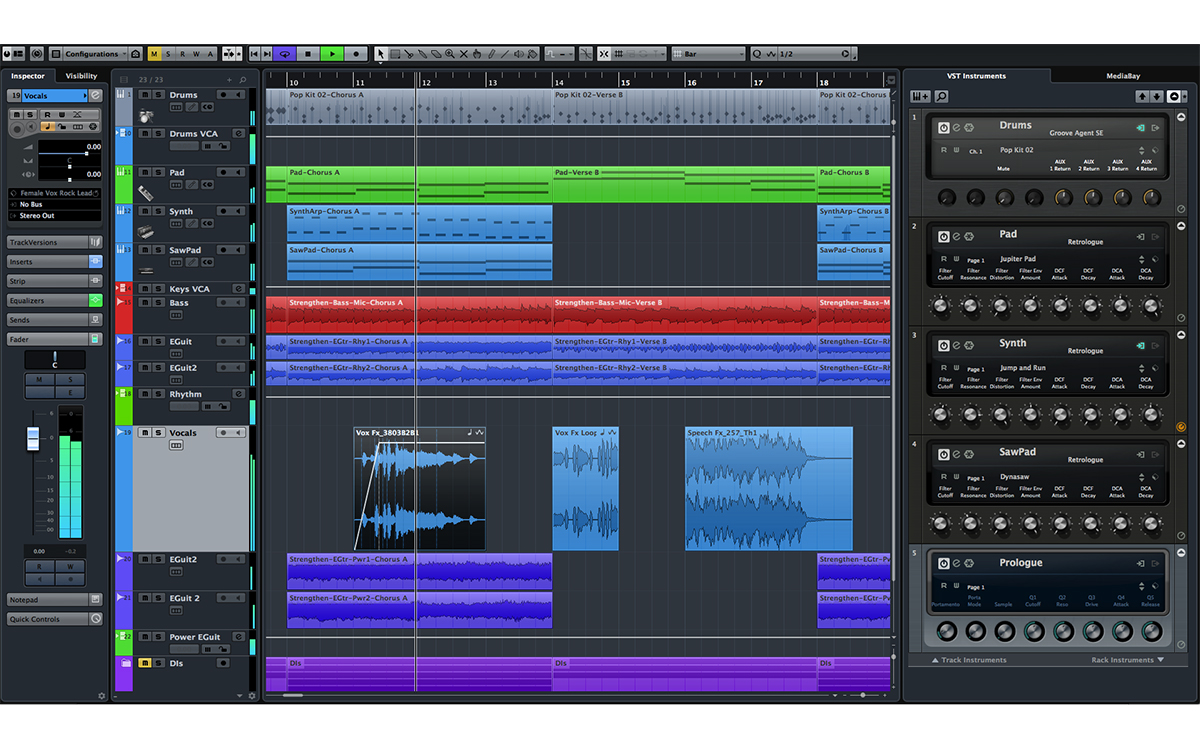

There’s a new Export Queue section that lets you queue up multiple sessions - one with effects, one without, different tracks per-export and so on - and then hit Go and leave it to run. Particularly helpful when working with larger projects, you now get an expanded set of choices for exporting stems, to include or exclude channel strips, sends and master bus effects. The first major change and one that’s only in the Pro version is a major update to the export options. It’s no bad thing - there are so many tools and functions on offer, keeping the interface as uncluttered as possible must be a full time job. The look and feel of Cubase has if anything become a little more clinical, reflecting perhaps the workflow-centric changes in version 11.
#Cubase pro elicenser install
You’ll need 35GB of space to install the full content set though this can be downloaded on a per-instrument basis using the Steinberg Download Manager. System requirements aren’t too different from last time out, any recent, up-to-date Mac or PC with a solid number of cores and RAM spec will do it. Also you might want to read our review of version 10 for a little more background. It’s the Pro version - a detailed comparison with Artist and Elements can be found on the website. Since Cubase is a vastly capable DAW, I’m not going to go through every one of its features but rather focus on what’s new in version 11.

While Steinberg has continued to innovate in other areas with Cubasis for iOS and its virtual instrument family, Cubase and its post production-focused sibling Nuendo have remained at the heart of what the company does. Now at version 11, it’s actually gone through many more than 11 iterations, having had a ground-up rewrite and a naming convention change with Cubase SX in 2002. Cubase is an elder statesman of DAWs, having been created way back in 1989 as a MIDI sequencer running on the Atari.


 0 kommentar(er)
0 kommentar(er)
